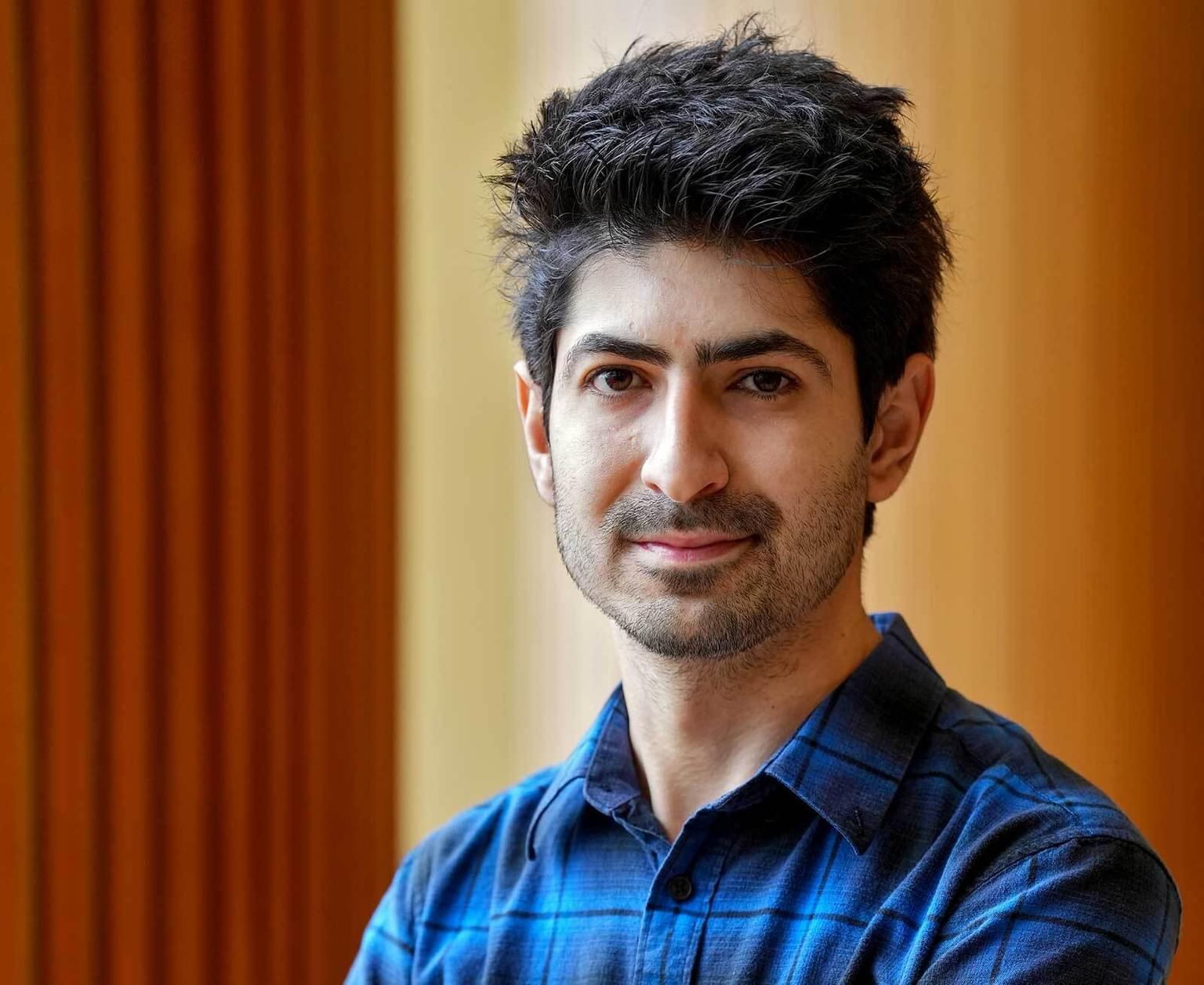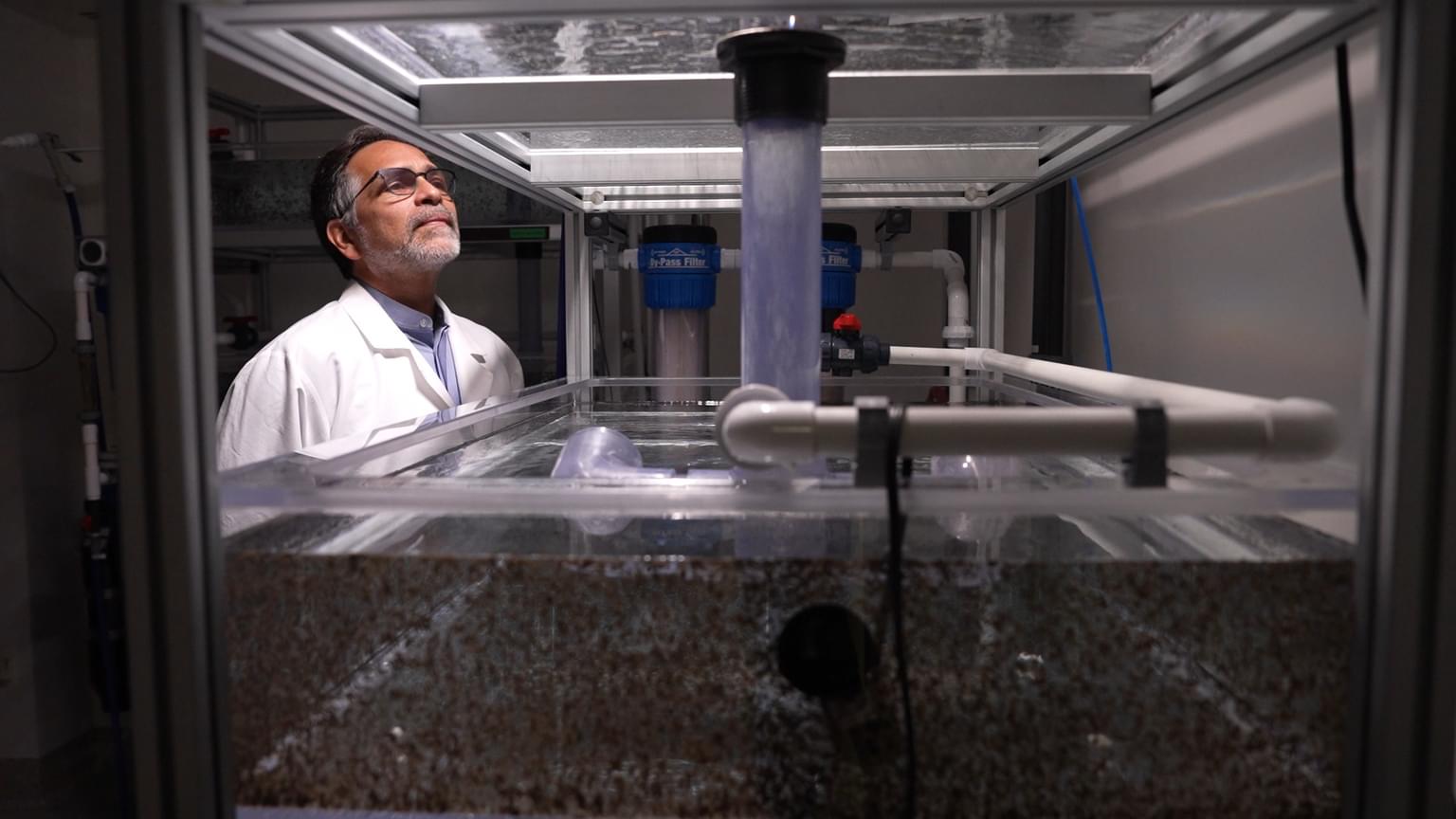By Jessica Johns Pool
Christine “Chris” Smoyer began her scientific research career at the Stowers Institute in 2005 when she was an undergraduate at the University of Kansas. She was taking a genetics class from Stowers Investigator Scott Hawley, PhD, when Hawley mentioned that he was hiring for summer research positions.
Smoyer immediately applied for a position in Hawley’s lab and soon decided a career in science was in her future. She had already worked as a waitress, on a road paving crew, as a retail store manager, and in the banking business for a few years. When she started getting bored with crunching numbers, she began taking science classes at her local community college in Overland Park, Kansas. Wise investments allowed her to take classes as she explored what she would do next.
Smoyer quickly found that science captured her imagination in a way that banking had not, and she enrolled in the Molecular Biosciences program at the University of Kansas. Working on fruit fly genetics in the Hawley Lab made it easy to say goodbye to her previous career.
“I was attracted to science because there is so much to figure out, so much to discover,” Smoyer says. “Textbooks make it seem like all the important questions have been answered. That first experience working in a lab made me realize how much of life’s complexity is still unexplored, and I wanted to do that exploring.”
Within days of taking her last undergraduate final in 2007, she was hired as a research technician by Sue Jaspersen, PhD, Stowers associate investigator. In the Jaspersen lab, she started studying yeast models to better understand mechanisms of cell division.
A few years later, the Stowers Institute announced that it was accepting applications for the newly established Graduate School of the Stowers Institute. With Jaspersen’s encouragement, Smoyer applied and was admitted to the inaugural class in 2012.
“There was a high level of excitement for everybody in that class because we were part of the first group,” Smoyer recalls. “It was fun to get into the labs so quickly, and we felt like we contributed to the development of the program because everyone really listened to our feedback about how to improve things even more. It’s pretty neat to feel like you have input like that.”
As evidence of her early scientific success, Smoyer published her first paper as lead author in the Journal of Cell Biology. Smoyer and coauthors used split green fluorescent protein to localize known and predicted integral membrane proteins to the inner nuclear membrane of the budding yeast Saccharomyces cerevisiae. She has continued to expand upon this research and is now working on her second paper.
When asked about her time at the Institute and what makes it special, Smoyer says, “Stowers is a great environment to talk about your science with others and I especially enjoy all the guest speakers who visit us during the academic season of fall through spring. There are amazing scientific support groups that help you with your research. It makes all the difference. I’ve learned so much from the Microscopy Center team especially.”
Never one to let moss gather, Smoyer plans to pursue her postdoctoral studies in cellular genetics, and possibly its applications to neuroscience. “I can see myself looking further into different areas related to understanding behavior and memory.”
When she isn’t exploring biological mysteries in the lab, Smoyer loves to travel. She celebrated the publication of her first paper as lead author with a sailing trip around the British Virgin Islands. When her research life slows down, Smoyer plans to return to her passions of paddleboarding, gardening, and training for 5K runs and triathlons.



